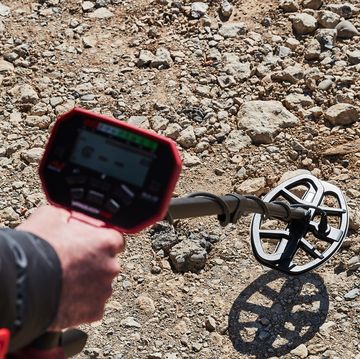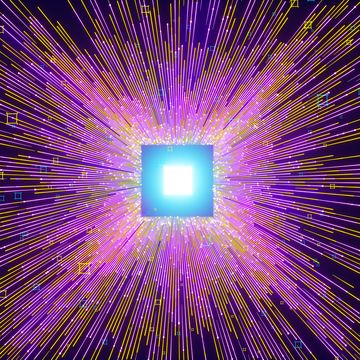"Machine learning" is a funny term. On the one hand, taken at face value it suggests nothing less than straight-up artificial intelligence. And machine learning and deep neural networks do underpin the ability of software to do things like identify objects and faces in images, invent recipes, or recognize whales songs in the ocean so that ships don't run into them.
But the reality is that machine learning is much more about teaching computers to quickly study for statistical patterns, and autonomously identify those patterns in a large data set. It's still a fascinating subset of computer science, and one that's seen massive innovation and growth in the past decade, but it's not quite building Hal from 2001 or Eva from Ex Machina quite yet.
Confused? Stephanie Yee and Tony Chu have put together a great presentation that quickly lays out the foundations of machine learning, using the example of teaching a program that can distinguish between a house in San Francisco or New York. (It's also a great use of data-driven documents in Javascript, aka D3.js, which, when used in the right way, makes any presentation much more compelling.) Simply scroll down the page to get the full effect. The best part? This is apparently only Part 1 of their project—we'll be keeping our eyes peeled for Part 2.
Want to hear more from Popular Mechanics? Check out our podcast, and subscribe and comment on iTunes!














